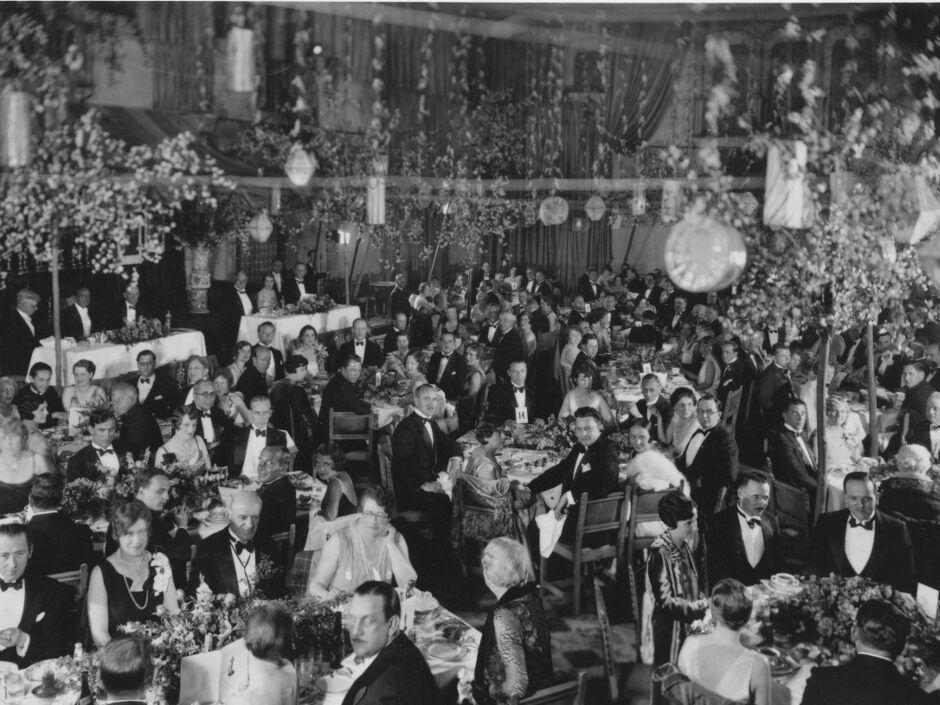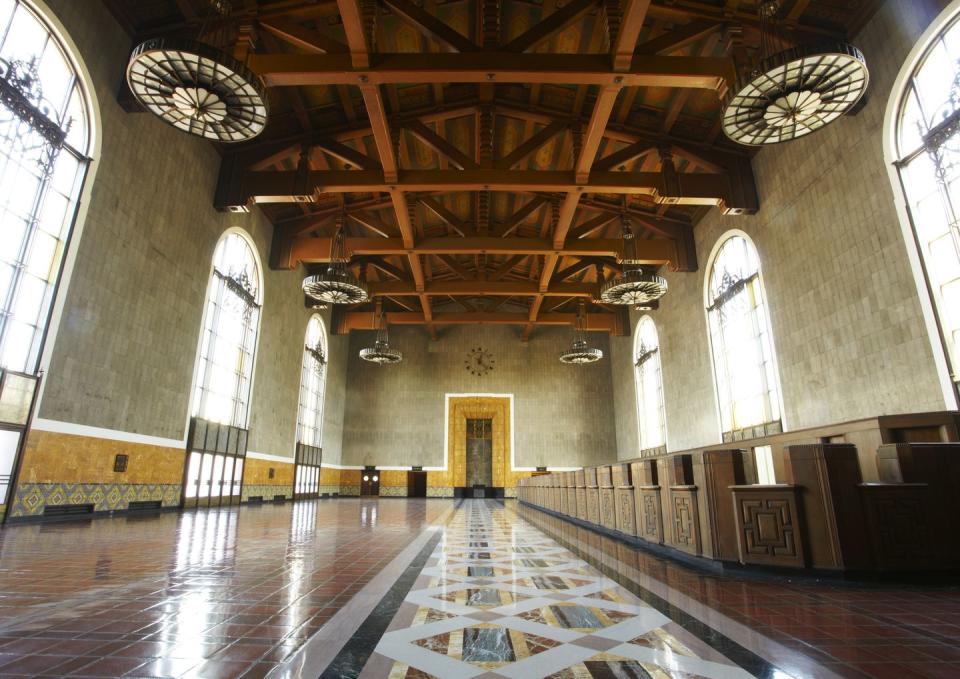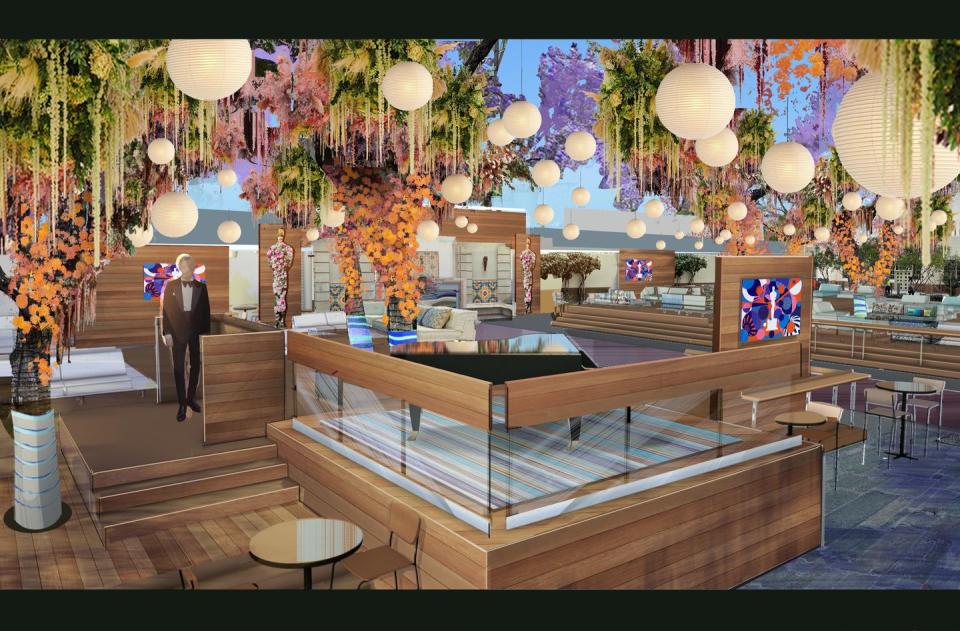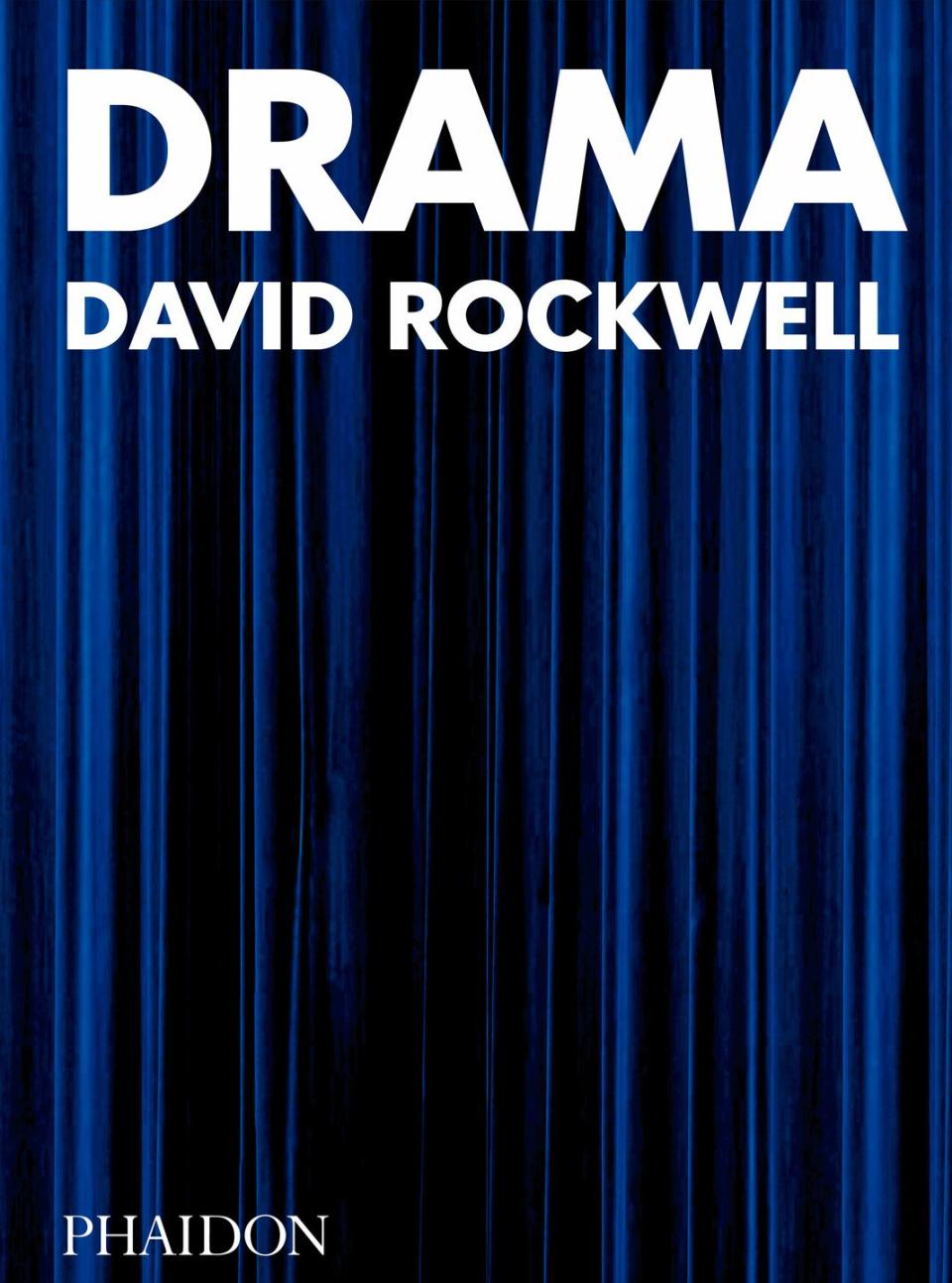Can David Rockwell Make the Oscars NOT Boring?

If you’ve tuned into an awards show this past pandemic year, chances are you’ve noticed that the usual champagne fizziness about them has gone a bit flat, whether from the cringeyness of technological gaffes, the tanking ratings, or the idea of donning anything other than sweatpants right now.
A lot, then, is riding on the 93rd Academy Awards, set to take place in person this Sunday in Los Angeles. Though it’s slated to be the smallest ceremony in memory (nominees only, plus one guest), it’s also set to be one of the most complicated, between strict COVID-19 protocols and a broadcast incorporating multiple “hubs” worldwide.
But architect and Tony Award–winning set designer David Rockwell has devised a set that promises to allow the proceedings to go off without a hitch and to be less snoozy for those watching at home—and he was given an entire train station to do it.
Come Sunday, Los Angeles’s historic Union Station will be transformed into a glittering venue for the Academy Awards’ main event and pre- and postshows. The concourse’s 110-foot-long walnut ticket counter will be swept over by a miniature amphitheater for the star-studded audience that will include Brad Pitt, Viola Davis, Regina King, and Harrison Ford. The front lawn, meanwhile, will metamorphose into one of the world’s most glamorous outdoor lounges for artists to schmooze (at a distance) and pose for the cameras.
The hope is that such a set will create memorable moments for the nominees, but also facilitate the spontaneity that makes for dynamic live television broadcasts. “It’s a full-on effort to create something where the TV audience is invited into this,” Rockwell tells ELLE Decor.
And, he adds, “There is a built-up demand, I think, for something other than a square Zoom.”
Rockwell (incidentally) is on Zoom from Los Angeles, where he’s been spending days—and nights—at Union Station pulling the set together. “It’s a very organized, intense tornado,” he says. His firm, Rockwell Group, is no stranger to the Oscars, having designed not only Hollywood’s Dolby Theatre (the show’s usual home; this year it will host only the live performances) but also dazzling sets for the ceremony in 2008 and 2009.

The set this year, obviously, looks a lot different—but not all that different from the Academy Awards of yore. The first Oscar ceremony in 1929, in fact, was a decidedly more low-key affair for an audience of about 270 guests at the Hollywood Roosevelt hotel. Tickets were just $5. “The concept was really a very simple but beautiful dinner party,” says Rockwell. “In some ways, we had an invitation to return to that kind of intimacy, and that kind of connection.”

But creating intimacy in Union Station’s vast landmarked concourse (an amalgam of Art Deco, Mission Revival, and Streamline Moderne influences concocted by father-and-son architect duo John and Donald Parkinson in 1939) is no easy task. Rockwell’s strategy was to create a “room within a room.” The banquette-dotted amphitheater surrounds a “very simple but quite beautiful” mahogany stage, Rockwell explains (images can’t be released because of the big reveal Sunday).
Inspired by Art Deco gates fronting historic Los Angeles buildings, the design team devised a permeable, platinum-colored screen to define the ceremony area, while not obscuring the station’s eccentric 20th-century architecture. “We wanted our installation to feel like a piece of the room, but at the same time we wanted to be clear what’s new and what’s old,” Rockwell explains.

The set had to work harder than usual, as the building’s landmark status didn’t allow lighting and speaker systems to be suspended from the ceiling. The clever solution? Oscar-themed shaded lamps at each banquette provide enough localized lighting to illuminate the nominees’ faces, while speakers embedded into the tables will transmit sound. “We put a lot of love into those,” Rockwell says of the lamps, just one of many bespoke elements the studio designed specially for the ceremony. “There is something about [a table] centerpiece drawing people together.”

Outside, the station’s lawn will be transformed into a floral fantasia for the pre- and postshow. This party zone was inspired, once again, by that first Oscar ceremony, but also by Maxfield Parrish’s vivid 1918 painting The Garden of Allah. A series of elevated teak decks will protect the landscape (and ensure no one’s Manolo Blahniks sink into the grass), while jacaranda trees will be festooned with lanterns amid floating pallets of roses, orchids, hydrangeas, poppies, and carnations.

In this space, entertainment journalists can interview guests, nominees can sip drinks while lounging on low-slung Roche Bobois Mah Jong sofas (one of Rockwell’s personal favorites), and DJs can spin records (Questlove is overseeing the music this year). The setup provides the ultimate flexibility for both guests and the show’s producers. “Awards can be given out anywhere,” Rockwell explains, “and that’s able to be captured [on television]. In order to allow for the spontaneity that viewers want to see, there’s lots and lots of planning to get everything ready to capture that moment.”
That kind of improvisation is key to winning over audiences, something Rockwell has learned in his decades as both an architect and a Tony Award–winning set designer. The firm’s revisiting such lessons in a new book, Drama, to be released this May.
“Architects love to, of course, think about things lasting, forever—creating these lasting monuments,” Rockwell reflects. “One of the things that COVID has drilled home is the fact that nothing is really forever. And sometimes the spaces that have the biggest impact on us last two hours. And if you’re not there, you didn’t see it.”
You Might Also Like


